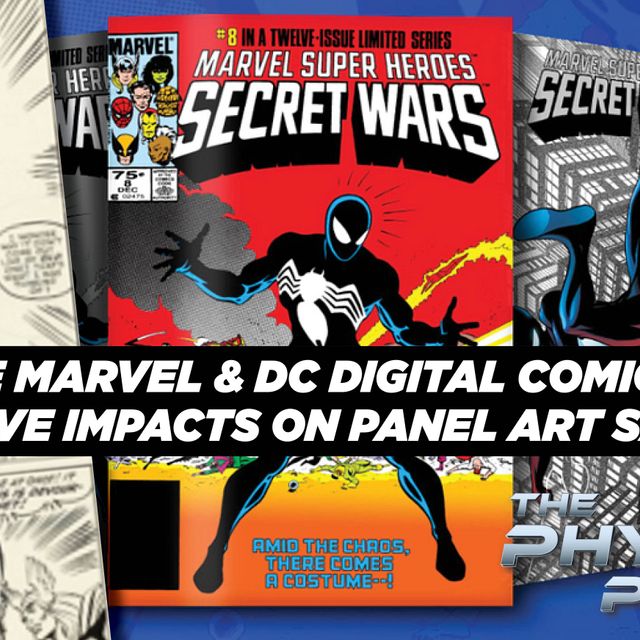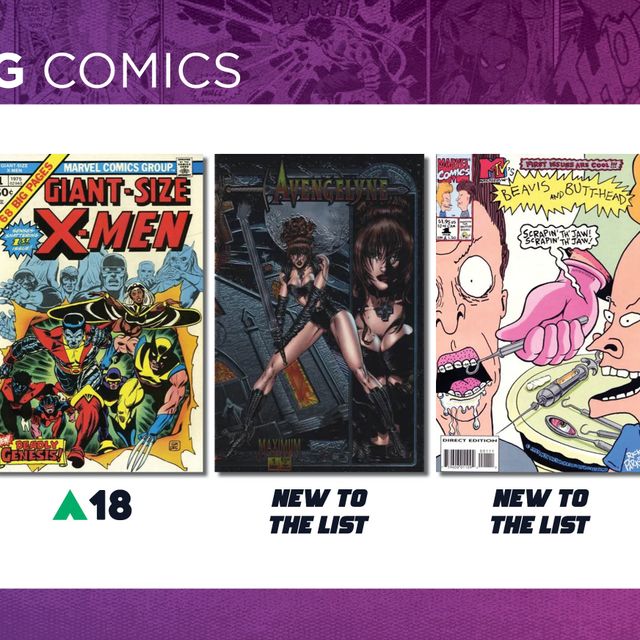
DC Horror in the 1960s
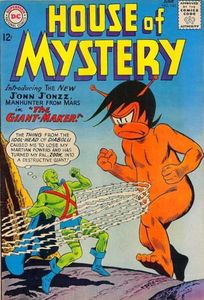
House of Mystery and House of Secrets both began publication in the 1950s but once the comics code was in place, both titles turned to science fiction stories. House of Mystery focused on Martian Manhunter, while House of Secrets focused on Eclipso among others. That all changed in 1971.
Swamp Thing
While Marvel focused on bringing the famous monsters of literature and filmdom to comic books, DC hit the ground running with an original creation who is still considered a staple of DC comics. The brainchild of writer Len Wein and artist Bernie Wrightson, Swamp Thing first appeared in House of Secrets #92. Interested in obtaining a 9.8 graded copy of this book? Well, that’s going to be tough. There are only three in the CGC census. One sold 10 years ago for $7,800 in a Comic Connect auction. Jump forward 10 years to September 12, just a few short weeks ago, where one of the other two sold for $90,000 in 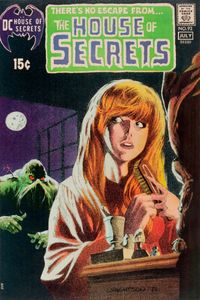
It would be over a year before Swamp Thing appeared in a DC comic again with the October 1972 publication of Swamp Thing #1. Wein and Wrightson continued on the series that introduced audiences to Alec Holland, the human being behind the muck that made the monster.
While prices have been rising steadily for this issue – a 9.8 sold a year ago on eBay for $2,605, increasing to $5,760 in that same September 12 Heritage auction mentioned above – it’s still a more reasonable buy for what I would call a 1.5 appearance.
Similar to the first appearances of the Ant-Man in Tales to Astonish, the audience wasn’t introduced to the full character until the second appearance, making it a greater key than a second appearance would normally be. The Swamp Thing character would go on to star in a second series in the 1980s that was the proving ground for acclaimed writer Alan Moore, two films, a TV show, and multiple animated features and shows.
The Demon
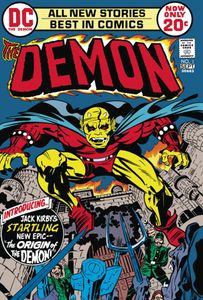
Fully enmeshed in the DC Universe, The Demon is as much anti-hero as he is monster. It's very similar, in fact, to Marvel’s Ghost Rider, with both characters being demons bound to humans. While nowhere near the heights of the first appearance of Ghost Rider, one of the only 19 9.8 copies sold on eBay two years ago for $4,263. It’s not too hard to imagine this book selling for quite a bit more in 2021. Maybe even more if J.J. Abrams’ Justice League Dark shows/movie end up being hits.
The Phantom Stranger
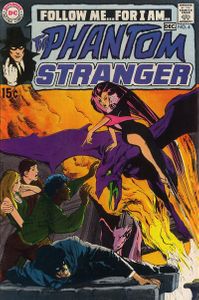
With artwork from Neal Adams, the Phantom Stranger would, beginning with this issue, become the character as he is currently known in the DC Universe. Sparse sales and census data make comparisons and price trends hard to tabulate but 9.2 copies have ranged in price from $74 to nearly $200, while a 9.6 copy sold for $751 over three years ago. If Phantom Stranger appears in Justice League Dark, we could see a subsequent price rise for this key issue.
Other DC Horror
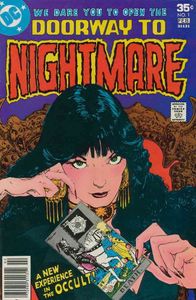
Join Us for Part Three
But before we get to that, join us next week as we look at the pioneering work of publisher, Warren, and their horror output in the 1970s.

